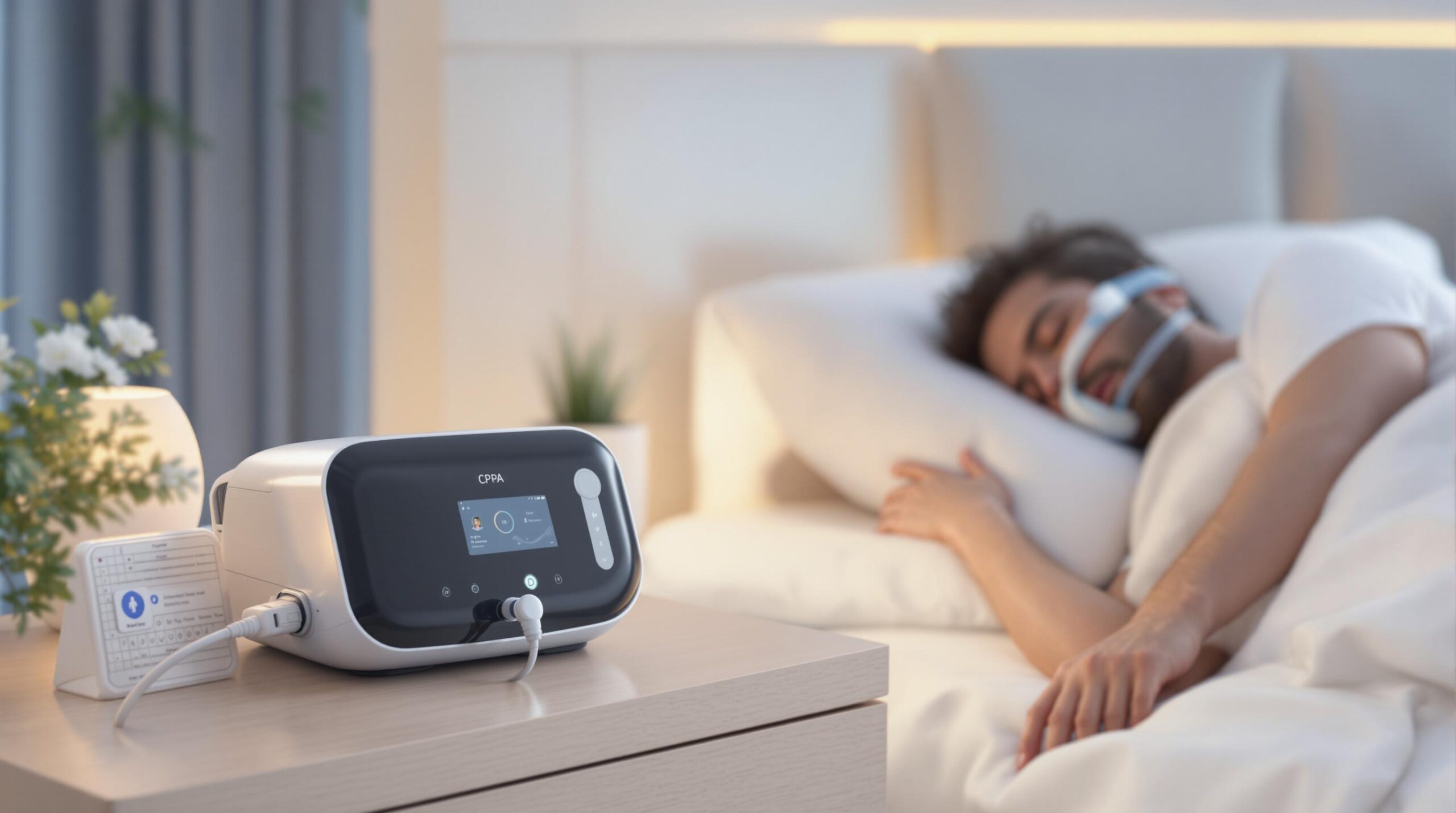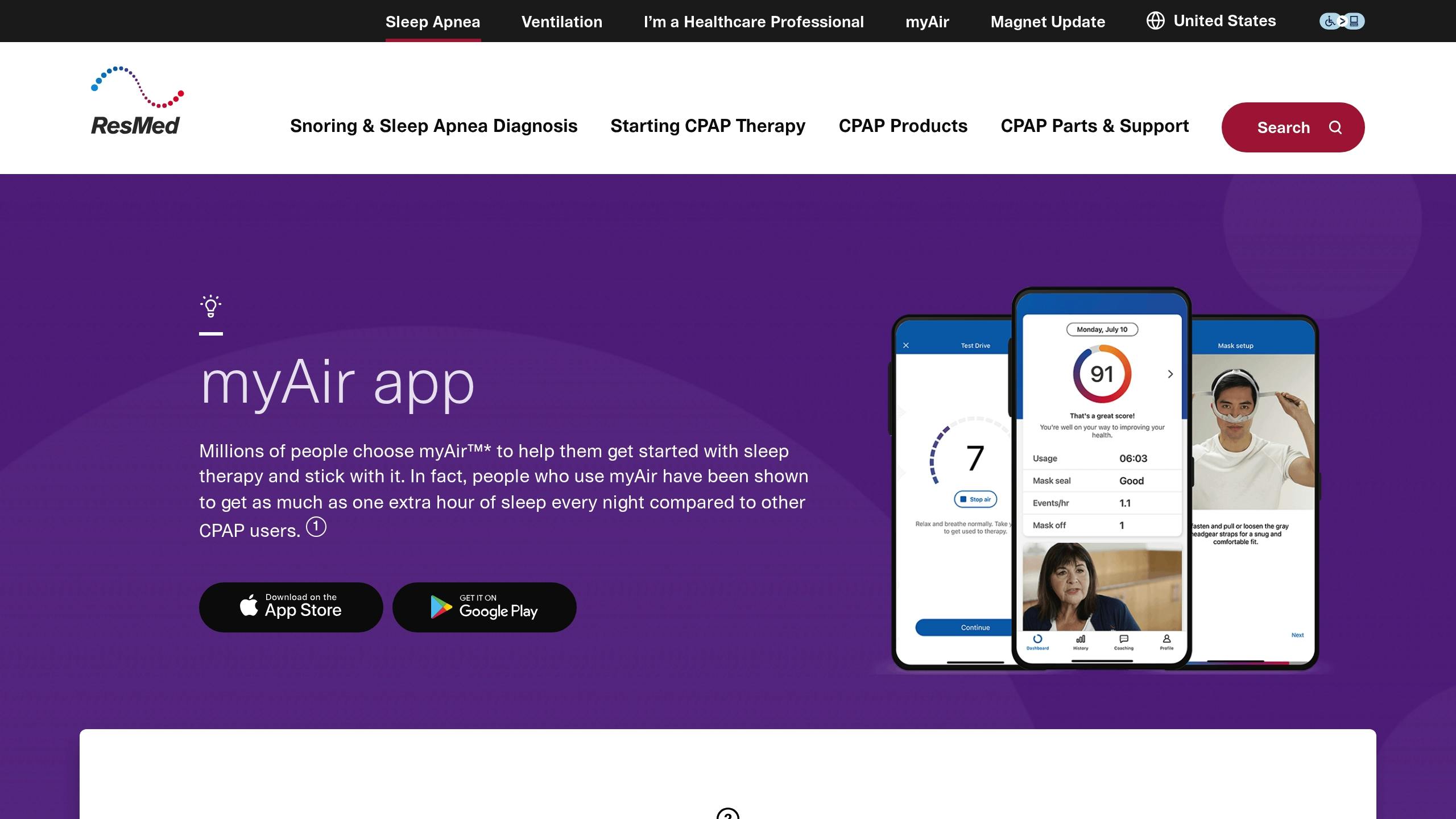
Sleep apnea affects over 1 billion people worldwide, but nearly half of patients stop using CPAP therapy early. New mobile apps connected to IoT-enabled CPAP machines are solving this problem by offering:
- Real-time monitoring: Tracks sleep data like duration, mask fit, and breathing events.
- Remote adjustments: Doctors can tweak CPAP settings without in-person visits.
- Adherence support: Alerts, progress tracking, and personalized goals keep patients consistent.
- Direct communication: Patients and providers can share updates instantly.
These tools improve therapy effectiveness, with studies showing a 17% increase in compliance and up to 2 extra hours of nightly CPAP use. By combining AI, wearables, and smart home integration, these apps make sleep apnea management easier and more effective.
How to track your CPAP therapy with the myAir app

Key Functions of CPAP Mobile Apps
CPAP mobile apps are transforming sleep apnea therapy by offering real-time, personalized data and tools. These apps use IoT connectivity to streamline treatment management for both patients and healthcare providers.
Sleep Data Tracking and Analysis
CPAP apps gather and analyze detailed sleep data, giving users and medical professionals valuable insights. For instance, ResMed‘s myAir app has been shown to increase sleep duration by an average of 1 hour compared to other CPAP users .
| Data Point | Tracking Capability | User Benefit |
|---|---|---|
| Sleep Duration | Tracks hours of CPAP usage | Helps monitor therapy consistency |
| Mask Fit | Monitors seal quality | Reduces air leaks |
| AHI Score | Tracks breathing events | Assesses therapy effectiveness |
| Sleep Quality | Analyzes sleep patterns | Evaluates treatment impact |
In addition to tracking, these apps allow for remote adjustments, making therapy even more effective.
Remote CPAP Settings Management
Using the insights from sleep data, apps like Philips DreamMapper let healthcare providers adjust CPAP settings remotely. This eliminates the need for frequent in-person visits. For example, a study found that telemedicine interventions increased average CPAP usage from 3.8 to 4.8 hours per night .
"Helping users understand their treatment and the data collected by their CPAP is as important as connecting them to their physicians." – Delve
Remote management not only saves time but also ensures therapy is tailored to the patient’s needs in real-time.
Treatment Compliance Monitoring
Ensuring patients stick to their therapy is another key function of CPAP apps. For instance, a system developed by UChicago Medicine and Northwestern University calculates the percentage of sleep time patients use their CPAP devices .
The Appnea-Q app highlights the effectiveness of compliance monitoring, with studies reporting:
- 72-88% of patients would use and recommend the app.
- 64.87% agreed it reduced hospital visits.
- Automated responses to common issues boosted engagement .
Similarly, DreamMapper promotes adherence by offering:
- Personalized goals
- Daily progress tracking
- Educational tools
- Automated alerts
These features create a support system that helps patients stay consistent with their therapy while giving healthcare providers the data they need for better treatment management.
Advantages for Users and Medical Staff
Using real-time data and remote management offers a range of benefits for both patients and healthcare providers. IoT-connected CPAP apps make managing treatment easier and more efficient.
Improved Patient Adherence
IoT-enabled CPAP apps help patients stick to their therapy by providing automated support. For instance, combining myAir and AirView showed a 17% increase in compliance compared to using AirView alone .
| Factor | Outcome | Benefit |
|---|---|---|
| Sleep Duration | +1 hour per night | Better therapy effectiveness |
| Usage Consistency | 4.8 hours vs 3.8 hours | Enhanced treatment outcomes |
| Compliance Rate | 2x higher | Meets CMS therapy requirements |
"Sleep apnea can be effectively treated only when CPAP is used during the entire time spent in bed sleeping" .
These improvements lead to more meaningful and productive interactions between patients and their doctors.
Direct Communication Between Patients and Doctors
With better adherence rates, CPAP apps also create direct communication channels between patients and healthcare providers. These apps allow for:
- Real-time updates on therapy progress
- Remote prescription adjustments to fine-tune treatment
- Educational tools to help patients better understand their therapy
Doctors can now monitor patient progress and step in when needed – all without requiring face-to-face visits.
Early Problem Detection
IoT-connected CPAP apps are great at spotting issues early, ensuring treatment stays on track. For example, the ResMed myAir app offers:
- Instant analysis of therapy data
- Alerts for mask leaks
- Daily performance scores
- Detailed therapy reports
This proactive monitoring helps keep therapy effective and reduces the need for emergency visits or sudden equipment changes.
sbb-itb-7af2948
Mobile App Development Hurdles
Developing IoT-connected CPAP apps comes with its challenges. Developers must juggle secure data handling, precise data collection, and user-friendly design while adhering to strict healthcare regulations.
Health Data Protection
With healthcare data breaches up 8.4% in 2024 and fines reaching up to $2 million for non-compliance , safeguarding patient data is non-negotiable.
Some key security measures include:
| Security Layer | Implementation | Purpose |
|---|---|---|
| Data Encryption | AES-256 & TLS 1.2+ | Keeps data safe during transit and storage |
| Authentication | Multi-factor & Role-based | Ensures only authorized access |
| Monitoring | Audit logs & Activity tracking | Identifies any unusual activity |
| Compliance | Regular security audits | Ensures adherence to HIPAA standards |
Data Quality Control
Accurate data collection from CPAP devices is vital for proper treatment monitoring. A study across Atlanta, Buffalo, and Boston showed a 100% match between wireless CPAP data transmission and onsite downloads across six clinical parameters . This highlights the dependability of current wireless technology.
Beyond accuracy, apps must also prioritize an easy-to-use design to encourage adoption.
User-Friendly Design
CPAP apps need to work for users of all skill levels, from tech-savvy individuals to those less familiar with technology.
Here are some design principles to follow:
- Accessibility Features: Include options like adjustable font sizes, dark mode, and gesture navigation to accommodate a wide range of users .
- Clear Navigation: Use platform-specific guidelines to create simple, thumb-friendly controls. Breaking complex tasks into smaller, manageable steps can make the app easier to use .
- Performance Optimization: Ensure the app handles constant CPAP data streams efficiently. This means managing resources wisely and avoiding unnecessary animations to maintain smooth performance .
Next Steps in CPAP App Technology
CPAP technology is advancing with the integration of AI, smart home features, and wearable devices, transforming how sleep apnea is treated.
AI Sleep Pattern Analysis
ResMed’s Dawn, a generative AI sleep health assistant, is pushing CPAP therapy into a new era. This system uses AI to analyze sleep patterns and deliver more tailored, effective treatment options . A partnership between UChicago Medicine and Northwestern University introduced a new adherence metric that compares CPAP usage to actual sleep time, enabling more customized therapy .
With fewer than 50% of patients sticking to CPAP treatment beyond the first three months, these developments aim to improve long-term success rates . This AI-driven approach is also paving the way for CPAP systems that connect seamlessly with smart home technology.
Smart Home Connection
The ResMed AirSense 11 showcases how CPAP devices are becoming smarter and more user-friendly through home automation. Its features include:
| Feature | Benefit | Implementation |
|---|---|---|
| Voice Control | Hands-free operation | Works with smart home assistants |
| Environmental Adaptation | Maintains ideal conditions | Adjusts humidity and temperature automatically |
| Remote Management | Simplifies therapy monitoring | Real-time data sharing with healthcare providers |
| Smart Alerts | Easier maintenance | Sends notifications for filter changes and cleaning |
These updates tackle common hurdles to CPAP adherence while giving healthcare providers better tools for fine-tuning treatment .
Wearables and Remote Care
Wearable technology is taking CPAP therapy beyond the home, offering patients real-time health insights. ResMed’s myAir app now syncs with Apple and Android smartwatches, giving users access to a wealth of health data. This includes sleep stages from Apple Health and Health Connect, activity tracking, heart rate variability, blood oxygen levels, and BMI monitoring . Impressively, myAir users boast an 87% compliance rate with therapy .
"We know that digital wearables and other innovative technologies like AI can help consumers better understand their sleep habits and create a personalized pathway to better rest. Regular sleep tracking can offer crucial insights that empower people to make informed decisions about improving their sleep quality both now and in the future." – Carlos M. Nunez, MD, Chief Medical Officer at ResMed
This innovation is timely, as surveys show 54% of people are interested in sleep-tracking wearables, highlighting their potential to improve CPAP management .
Conclusion: The Future of CPAP Apps
IoT-enabled mobile apps are reshaping how sleep apnea is managed. With data showing that 44% of Americans experience fewer than three nights of quality sleep per week , the need for advanced solutions has never been clearer. By combining AI, smart home systems, and wearables, these apps are paving the way for better compliance and more personalized care.
The next step for CPAP apps lies in creating integrated systems that use these technologies to improve sleep health outcomes.
Guidelines for Developers
To build effective CPAP solutions, developers need to focus on key areas like security, integration, and user experience. These priorities will help address the challenges already identified and support the development of user-friendly, secure tools. Here’s a breakdown of critical focus areas:
| Focus Area | Implementation Guidelines | Impact |
|---|---|---|
| Data Security | Adhere to HIPAA, PIPEDA, and EU data protection laws | Protects patient information and ensures compliance |
| User Experience | Simplify sign-up processes with clear progress markers | Encourages consistent use and boosts therapy adherence |
| Integration | Connect with smart home devices and wearables | Enables real-time monitoring and automated adjustments |
| AI Implementation | Use machine learning for personalized recommendations | Makes therapy more effective through tailored coaching |
"The goal for therapy should be using the device for 100% of the time you spent in bed sleeping. By integrating a wearable sleep tracker, our tool provides a personal dose for CPAP therapy and a more meaningful metric for adherence monitoring that can be implemented into clinical guidelines" .
To truly make an impact, developers should aim for solutions that work effortlessly with existing healthcare systems. Prioritizing secure platforms and intuitive designs will not only improve patient engagement but also provide actionable insights for healthcare providers.
Related Blog Posts
- Revolutionizing Healthcare: How Mobile Apps Are Enabling IoT Medical Devices
- The Future of Healthcare: Mobile Apps as the Interface for IoT Medical Devices
- Building Mobile Apps for Remote Patient Monitoring (RPM) IoT Devices
- The Role of Mobile Apps in Driving Patient Engagement with IoT Monitoring Devices

